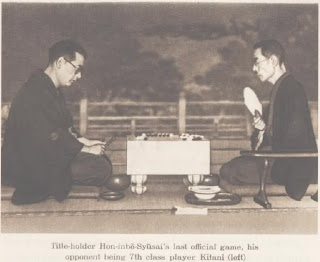 |
| Source: CraveWorthy |
No, don’t tell me the answer. Instead, I want you think about how quickly you came up with the answer? Did it took you more than a minute? Was it based on any statistics?
I’m guessing no and no, right? Because that, my friend, is the power of positioning. Positioning is powerful concept that make or break a company or a product, as this book claims.
I remember attending a writing workshop a few years back. The speaker was constantly asking attendees, who were hoping to get published, to think carefully about positioning. The book market(s) can get crowded very quickly. Publishers aren’t keen to sign up an author unless he or she has something unique to offer.
This is the reason why Pak Latip (Abdul Latip Talib) pretty much rules the local historical novel market. He certainly wasn’t the first local author to write in this genre. But he was the first to successfully market historical novels, a genre that may have been deemed by some published as unprofitable.
He also continues to write historical novels, instead of trying his hand at any other genres. By doing so, Pak Latip is cementing his place in the market, and more importantly in the minds of the readers.
Being the first means he’s going to the one who set the bar. If a new historical novelist gets published, it’s likely that people will ask, is he as good as Pak Latip? If that is the case, then the new historical novelist has no choice but to be better. Or different.
Positioning is not about being the first, it is more about not be overlooked by customers who are overwhelmed by the choices available in the market. Good positioning means getting through to the customers’ mind.
Companies with already good positioning can make mistakes that leads to an unfavourable perceptions about themselves. The authors of this book warns leading companies from going about and telling people they’re the No.1. This type of statement makes the company sound insecure.
If people already know that you’re already No.1, there’s no need repeating it constantly. After a while, customers —people like you and me— will start going, “Yeah, so?” Customers are not dumb.
Also, being No.1 means nothing to the customers if they are treated like #!$@.





